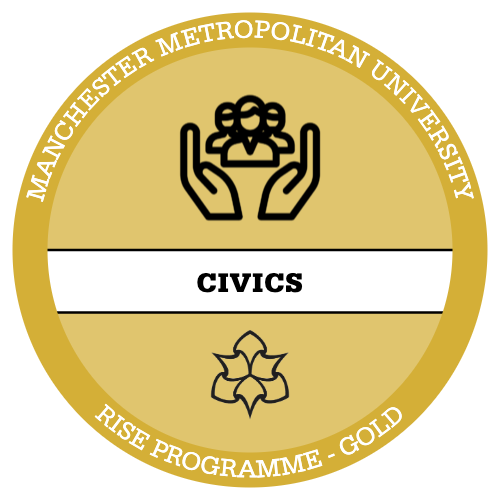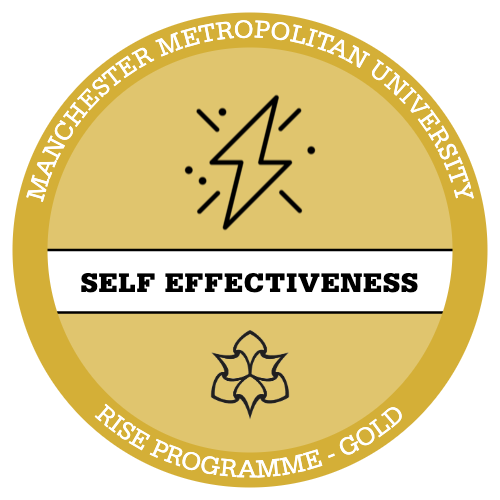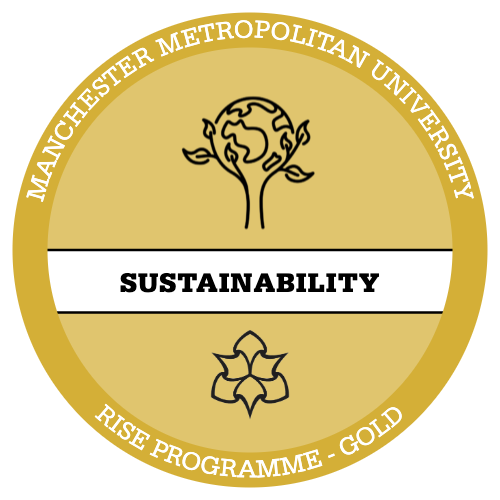Introduce
There can be many risk factors that challenge and impact a child’s emotional development and wellbeing. These can lead to negative outcomes for the child and they need protective factors to help balance the risks they face.
It’s as if we are working with a balance scale. In the metaphor we have risk factors on one side and protective factors on the other. The scale can tip either way depending on the child’s experiences. This leads to either positive or negative outcomes for the child. Working to promote a child’s resilience through increasing the protective factors can counter-balance some of those risk factors impacting on the child, resulting in better outcomes.

Develop
The table below outlines some of the many risk and protective factors a young child may face:

Image source: Kids Matter
Watch the following video which highlights how you might support a child to become more resilient:
Reflect
Stop and Reflect: Use the following questions to explore risk and protective factors and your role in promoting resilience:
– What protective factors can practitioners put in place to support children facing adversity? – In what ways can your setting create a safe and nurturing environment that strengthens children’s ability to cope with challenges?






